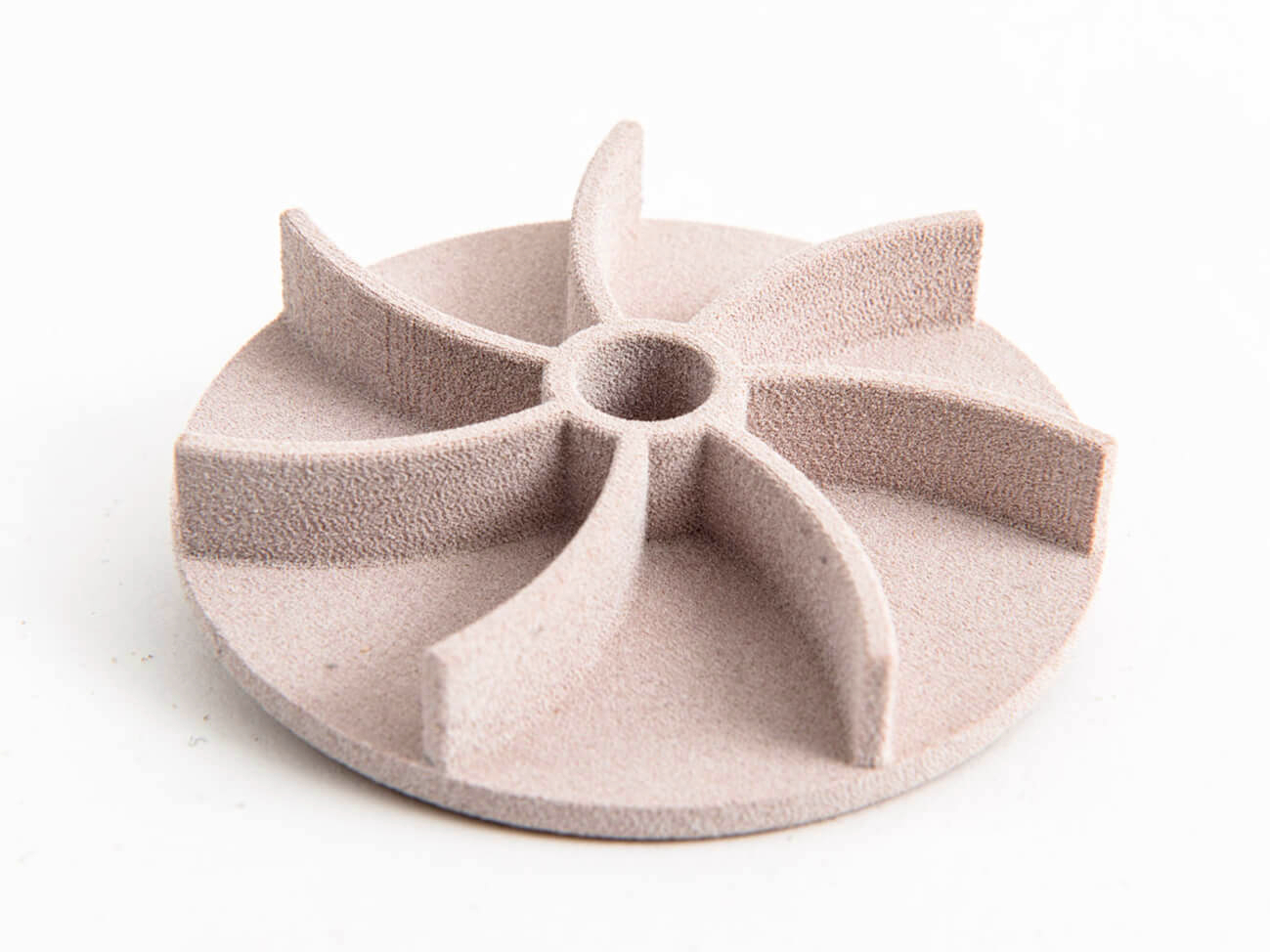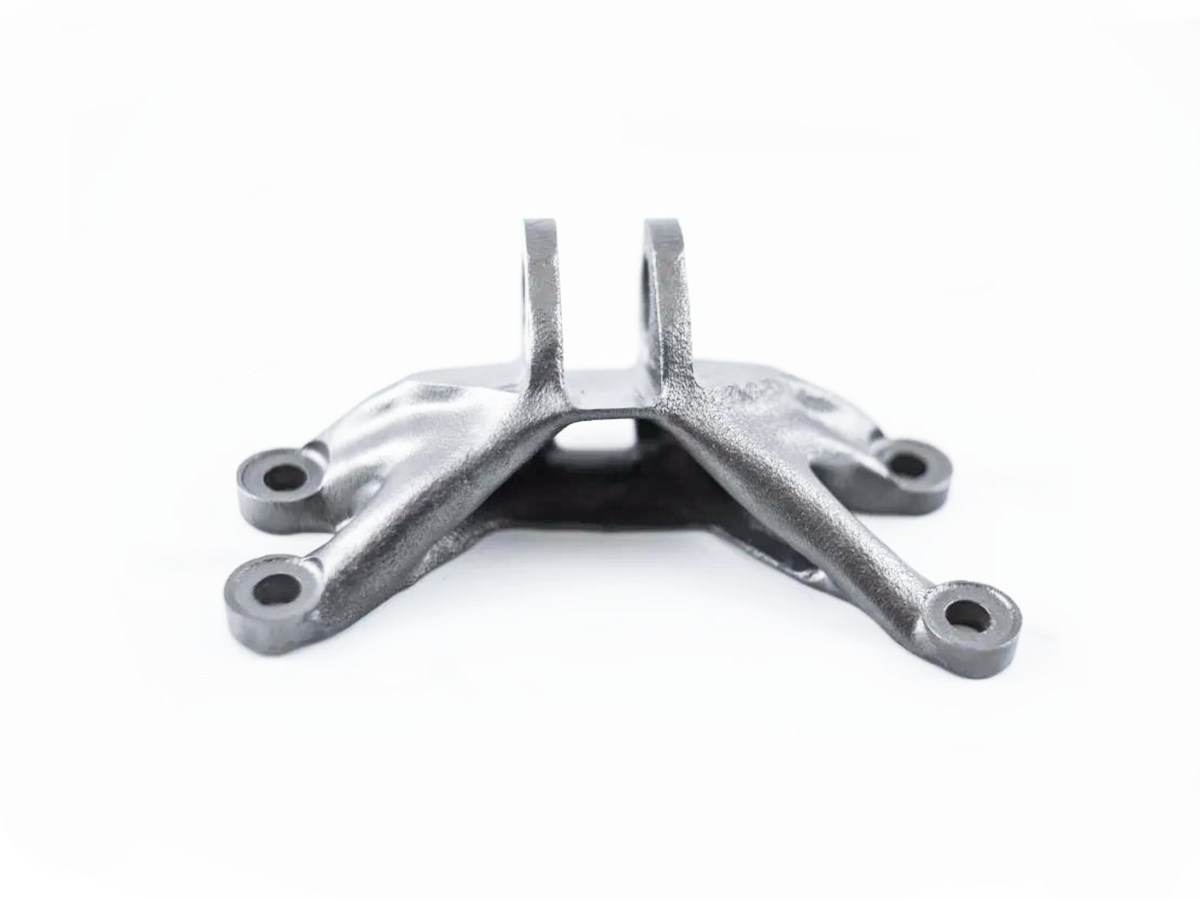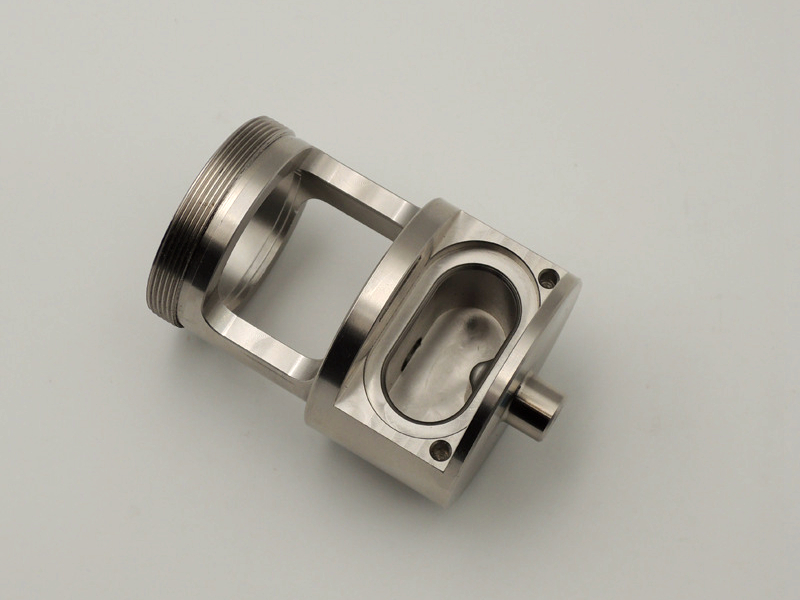What solution suits complex parts with high-precision mating surfaces?
From a manufacturing and engineering perspective, the optimal solution for complex parts that require high-precision mating surfaces is rarely a single process, but rather a hybrid manufacturing strategy that leverages the strengths of both additive and subtractive technologies. This approach combines the geometric freedom of 3D printing with the precision and accuracy of machining.
The Recommended Solution: Hybrid Additive-Subtractive Manufacturing
This methodology involves using metal Additive Manufacturing (AM) to produce a complex, near-net-shape part, which is then finished on a CNC machining center to achieve critical tolerances and surface finishes on designated mating surfaces.
1. Primary Manufacturing: AM for Complexity
Process Selection: For metal parts, DMLS is ideal for creating intricate internal channels, lightweight lattice structures, and highly organic, topology-optimized geometries that are impossible to machine. For prototypes or non-structural components, high-resolution 3D printing like SLA or MJF may be suitable.
Design Freedom: This stage is used to consolidate multiple components into a single part, integrate conformal cooling passages, and optimally distribute material based on load paths.
2. Secondary Manufacturing: CNC Machining for Precision
Critical Surface Finishing: The as-printed AM surface, typically ranging from Ra 10-25 μm, is unsuitable for sealing, bearing, or mounting. Critical mating surfaces (e.g., flange faces, sealing grooves, thread holes, dowel pin holes) are machined to achieve an as-machined surface finish of Ra 0.4 - 1.6 μm or better.
Tolerance Achievement: While AM might hold ±0.1 mm, CNC precision machining can reliably hold tolerances of ±0.012 mm to ±0.025 mm on these critical features, ensuring proper fit and function.
Processes Used: This involves CNC milling for flat surfaces and complex contours, and CNC turning for cylindrical features. For the highest precision, CNC grinding may be employed.
Integrated Post-Processing Workflow
A successful hybrid part requires a carefully sequenced post-processing chain:
Stress Relief: A mandatory heat treatment to relieve internal stresses from the AM process, preventing distortion during machining.
Support Removal & Initial Cleanup: Removal from the build plate (often via Wire EDM) and basic support structure removal.
HIP (if required): For critical applications in aerospace or medical, Hot Isostatic Pressing to eliminate internal voids.
Precision CNC Machining: The part is precisely fixtured and the critical mating surfaces are machined to print specifications.
Final Surface Enhancement: Application of specific treatments:
For corrosion resistance and hardness: Anodizing (Aluminum), Passivation (Stainless Steel).
For wear resistance: PVD Coating or Nitriding.
For smoothness: Electropolishing.
Key Applications and Benefits
Aerospace: Fuel nozzles with complex internal passages and precision mounting flanges.
Medical: Orthopedic implants with porous, bone-integrating structures and precisely machined taper joints.
Automotive & Robotics: Lightweight, optimized structural brackets with machined bolt holes and locating surfaces.
Fluid Power: Manifold blocks with complex internal channels and precision-machined valve and port interfaces.
Comparison with Alternative Methods
Manufacturing Method | Best For | Limitations for This Scenario |
|---|---|---|
CNC Machining Only | Parts with accessible geometries and high precision. | Cannot produce complex internal channels or organic, lightweight structures. |
3D Printing Only | Extremely complex geometries and rapid prototyping. | Cannot achieve high-precision tolerances or smooth mating surfaces. |
Casting + Machining | High-volume production of complex shapes. | High tooling cost for low volumes; limited geometric complexity compared to AM. |
Hybrid (AM + CNC) | Low-volume, high-complexity parts with critical precision surfaces. | Higher cost and longer lead time than a single process; requires advanced manufacturing expertise. |
Engineering Guidelines for Implementation
Designate Critical Features Early: Clearly identify which surfaces in the CAD model and drawings are mating or interfacing surfaces. Apply a stock allowance (e.g., 0.5-1mm) on these surfaces specifically for subsequent machining.
Consult a Manufacturing Partner Early: Engage with a provider offering one-stop service during the design phase to optimize the part for the hybrid workflow, ensuring it can be both printed effectively and fixtured for machining.
Prioritize Function: Use AM for functional complexity (internal channels, weight reduction) and CNC for functional precision (seals, bearings, threads). Do not use AM to create features that are better suited to machining.



